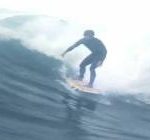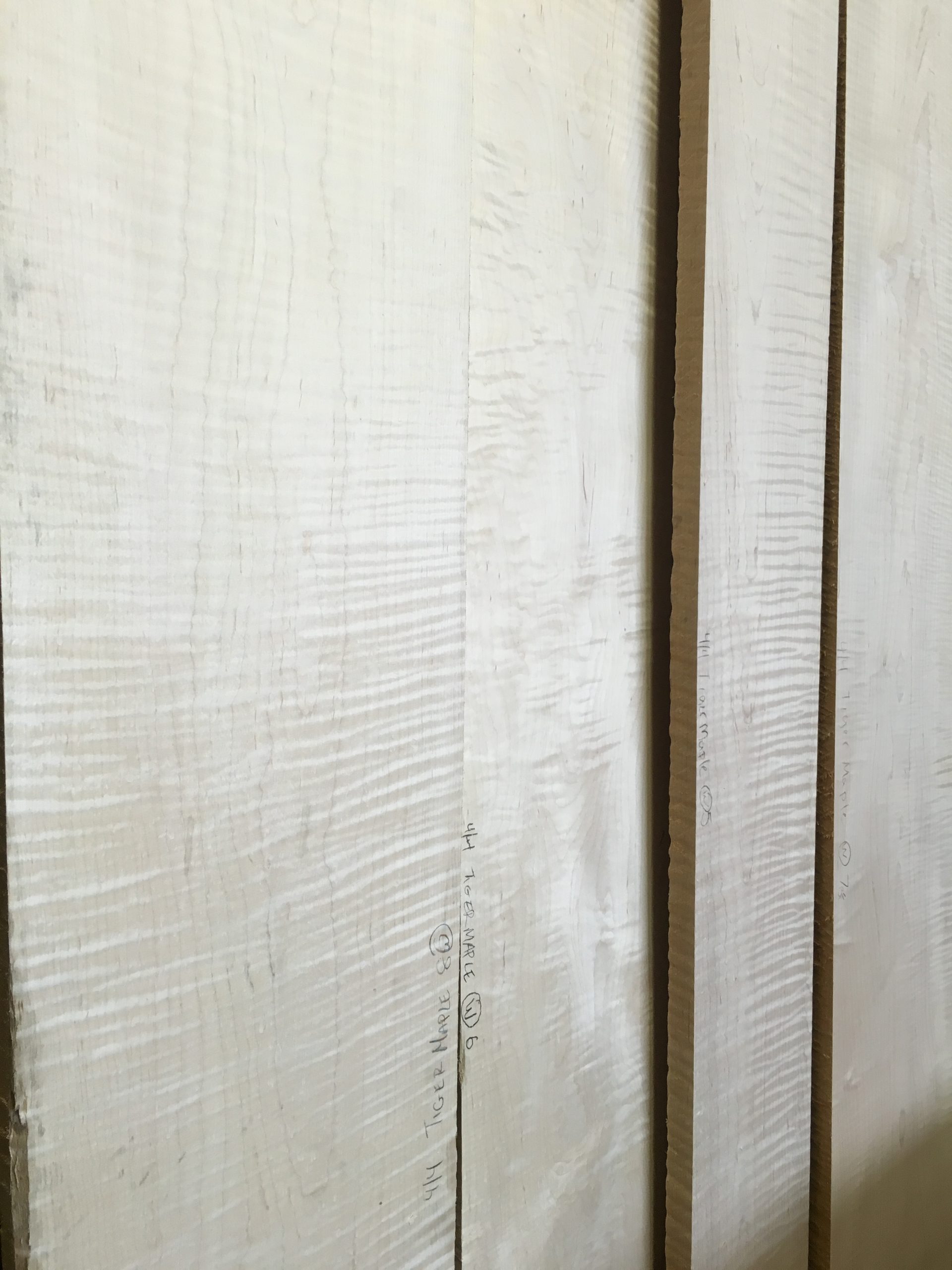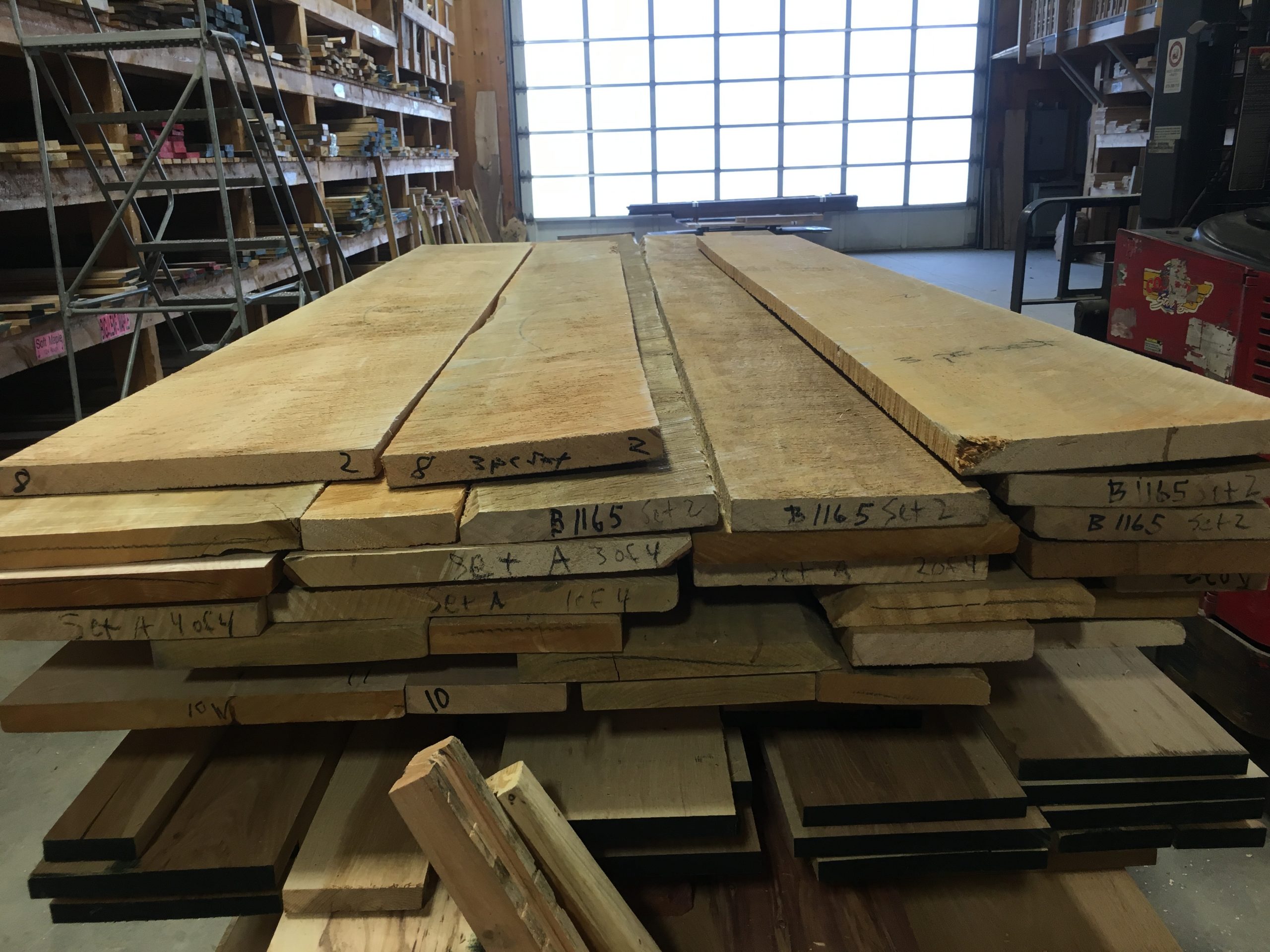
Eastern Hemlock

Douglas Fir CMG Grade
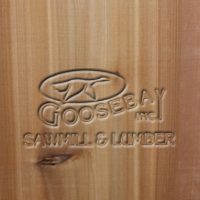
Western Red Cedar A+ Grade
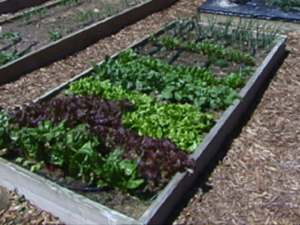
photo courtesy of David Whiting
Raised garden beds should be made with lumber that is natural, untreated, and safe for your plants and your yard. We stock hemlock, cedar, and fir, in various sizes, suitable for your raised beds.
So you’ve done some research and decided that raised garden beds are for you. Now you need to decide what lumber to use, and get some tips on just how to construct your beds.
Here is a guide for which wood to choose, some design ideas, and a few tips that will make your beds keep their form and last longer.
Wood Characteristics You Should Look For When Choosing Lumber for Raised Beds
The wood that you use is going to be constantly wet, and will have soil against it. You need something that will stand up to this abuse and that, at the same time, is safe for your produce. Pressure Treated wood may seem like a great choice. It’s readily available and is meant to survive for years in the ground or in applications where it is constantly wet. However, you need to be aware that heavy metal chemicals are used to treat the wood to make it rot resistant and resistant to bugs and decay. This is true even for the “new, safe” pressure treated wood that has been for sale since 2003. These toxins will leach into the soil around them and will be absorbed by plantings in that soil, i.e. your vegetables! (For further reading click here)
The wood you are looking for will be naturally rot and bug resistant. What does this mean? The resins in certain species help the trees defend themselves against the effects of nature, namely decay and pests. The lumber sawn from these species will retain these desirable (for our purposes) qualities.
You don’t need to have planed lumber – buying it in the rough will be more cost effective, and the dimensions will be “true” (i.e. your 2×6 will actually measure 2 inches by 6 inches.) Just make sure you wear gloves if you want to avoid any possible splinters.
“Green” or unseasoned lumber is fine for raised beds. Kiln-dried lumber has had most of the moisture extracted from it in order to keep it from shrinking and cracking in interior applications. Your lumber will be exposed to water, which has a 100% moisture content, and the summer air (think of the relative humidity number in the weather forecast.) Kiln drying is one less process to pay for.
Three Great Lumber Species to Use for Your Raised Beds
1. Native Eastern Hemlock

photo courtesy of Ted West
Here in New Hampshire, one of our most prolific indigenous species is Eastern Hemlock. We have found that, at a fraction of the cost of cedar or fir, it will last in the ground up to seven years. It is definitely the local favorite wood choice for raised bed gardening.
Eastern Hemlock is also “local” and “ecologically responsible” in the following ways:
- The logs are harvested and sawn here in New Hampshire
- The sale of hemlock supports the local economy at every level of production
- The trees are common in New Hampshire and the logs readily available
- Avoids the cost/pollution of long-distance transport
- When it decays or is discarded, puts an indigenous species back into the earth
Hemlock is locally widely used for raised garden beds, fencing, and barn construction and repair. There is no guarantee as to how long the wood will last in the ground, but in the right conditions, some people report that it lasts 5 to 7 years. There is enough of a price difference between the hemlock and cedar or fir, that it is locally preferred wood for general outdoor and farm use.
2. Douglas Fir
Douglas Fir, or Doug Fir, is another great wood to use. It is readily available locally, and although it is largely grown in the western states, the trees are often planted in New Hampshire. We do saw some Doug Fir in our mill.
There are several grades of Doug Fir available. The most cost-effective is essentially a “mill run” grade that allows for sound tight knots. This means that the knots will not fall out and create holes in your piece of lumber. Even this grade will cost approximately four times the cost of the Eastern Hemlock.
For raised bed construction we recommend the “rough, green” Douglas Fir 2X6, 2X8, and 4X4 from the price list.
3. Western Red Cedar
Also grown in the western regions of the United States, Western Red Cedar is readily available. If you are locating your raised beds more as planter boxes on your deck, you may want to consider using a knot-free grade – usually denoted by “A+” or “CVG” (clear vertical grain.)
If you still like the idea of the Red Cedar, but not the price tag on the higher grade, take a look at the “mill run” or knotty grade. It’s still pricey, at a little more than six times the cost of the Eastern Hemlock, but is a fraction of the cost of the clear grade.
For raised bed construction we recommend the “STK” Western Red Cedar 2X6, 2X8, and 4X4 from the price list.
Construction Ideas and Tips for Raised Beds
Here’s a link to a great video that shows you step by step how to construct a 4 ft by 8 ft raised bed
And, if your garden area is on a slope, here’s an article that will help you adjust your design to compensate and keep the top of your raised bed level.
Fasteners
I do have a couple of comments on the fasteners recommended in the video. It calls for galvanized decking screws. These are nice long screws that are relatively easy to install, but the heads of these screws are very small. The wood along the side of your raised bed is subject to intense outward pressure from the soil against it. Over time the tendency will be for the wood to push itself over the head of the screw and potentially come apart.
A great step up from the decking screws would be to consider 3 1/2 inch long galvanized structural screws instead. These screws are easy to install and have a much larger head than the decking screws. This will help hold your sides in place despite the outward pressure of the soil. If you aren’t familiar with this type of screw, here is an informational article.
Size of Your Raised Bed – Use of Partitions
A common width for raised beds is 4 feet. This makes the entire bed within your reach. But you need to be mindful of the length of your raised beds. The longer the bed, the greater the outward pressure from the soil. The maximum length of each bed should be 6 to 8 feet. If you want it longer then you should add interior partitions.
In order to create a partition what you would do is to essentially create another endwall. For example, using the design from the above video, each partition would consist of an additional 4×4 support on each sidewall and a wall made of 2×6’s between the two 4×4’s.
Happy Gardening!
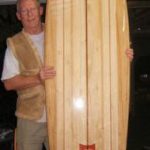
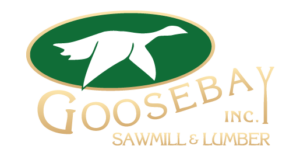
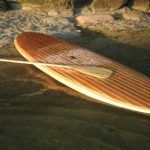
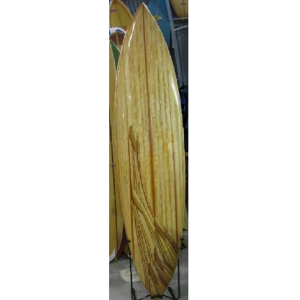 The 9’6” Cal Gun Gen II is a classic California big wave gun shape. It is not only for big waves, but it also makes a great “big guy” alternative to a regular long board.
The 9’6” Cal Gun Gen II is a classic California big wave gun shape. It is not only for big waves, but it also makes a great “big guy” alternative to a regular long board.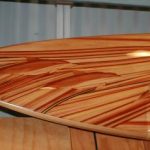 The 9’6″ Cal Gun was designed by Brad Tucker and San Diego surfer Mike Ramsey. What they came up with is a “Gun” shape that looks very cool but is great when the California surf gets big. This board is all about speed and the extreme nose rocker makes those late takeoffs possible.
The 9’6″ Cal Gun was designed by Brad Tucker and San Diego surfer Mike Ramsey. What they came up with is a “Gun” shape that looks very cool but is great when the California surf gets big. This board is all about speed and the extreme nose rocker makes those late takeoffs possible.